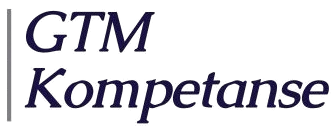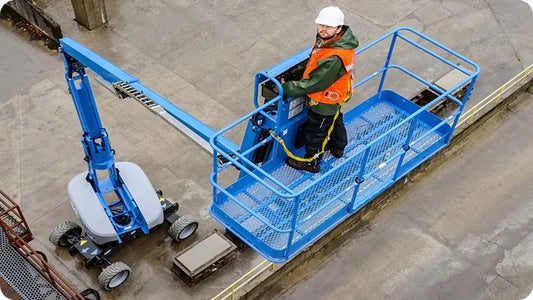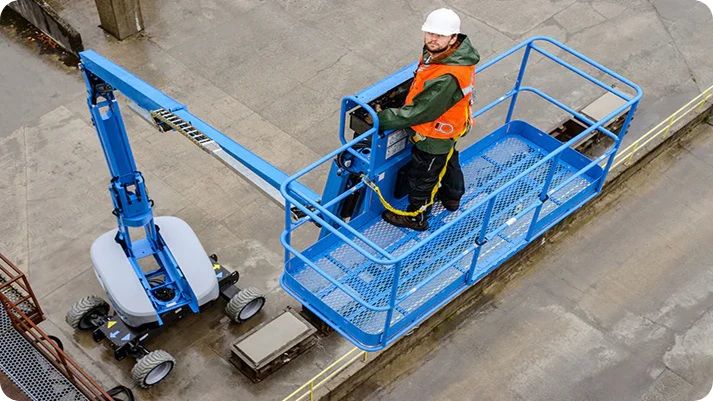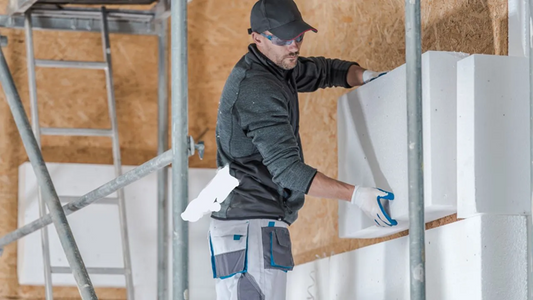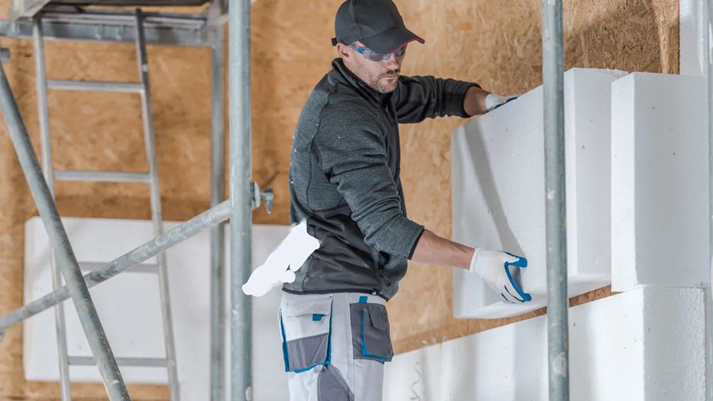In modern construction projects, it is crucial that employees have both theoretical understanding and practical skills . Hybrid training – the combination of online and physical courses – makes it possible to achieve both in a flexible and efficient way.
Why the combination works
Theory alone provides understanding of regulations, procedures and risk assessments, but employees must also be able to put their knowledge into practice. Similarly, practical courses provide skills, but without a theoretical foundation, safety and understanding may be lacking. By combining:
- Online courses: flexible theoretical training at the participants' convenience
- Classroom/practical course: hands-on training under the guidance of a qualified instructor
...the company ensures that employees both understand and can apply the knowledge correctly.
Example of hybrid training with scaffolding course
A typical hybrid training might look like this:
- Employees complete scaffolding courses 2–9 meters online to acquire the necessary theoretical knowledge about regulations, risk assessments, safe use of scaffolding and fall protection equipment.
- After the online course, the practical part is carried out in a physical course, where participants can practice assembling, securing and checking the scaffolding under the guidance of a qualified instructor.
- The course certificates document both theoretical and practical competence, so that the company can demonstrate completed training in accordance with legal requirements.
Other examples of hybrid learning
- Fall protection course – online theory, practical training in the installation and use of safety equipment
- Hot works – online theory, practical firefighting exercises and safe use of equipment
- Lift course / personal lift course – online courses for rules and procedures, practical training for safe maneuvering
The benefits for the company
-
Flexibility: Participants can take theory at their own pace, without stopping production.
-
Effective learning: Theory is better understood when followed up with practice.
-
Documented competence: Course certificates for both theory and practice show that the legal requirements have been met.
-
Safety in practice: Employees learn to handle equipment correctly and avoid accidents.
- Cost-effective: Less need for travel and long-term absences from the construction site.
The combination of online courses and classroom courses ensures optimal learning : theory is understood, practice is mastered, and the company gains safe, competent employees. Example of scaffolding course 2–9 meters shows how digital theory and practical training can be seamlessly integrated, with documentation that meets legal requirements and safety standards.
Hybrid training provides flexibility, efficiency, and security – the best of both worlds.
